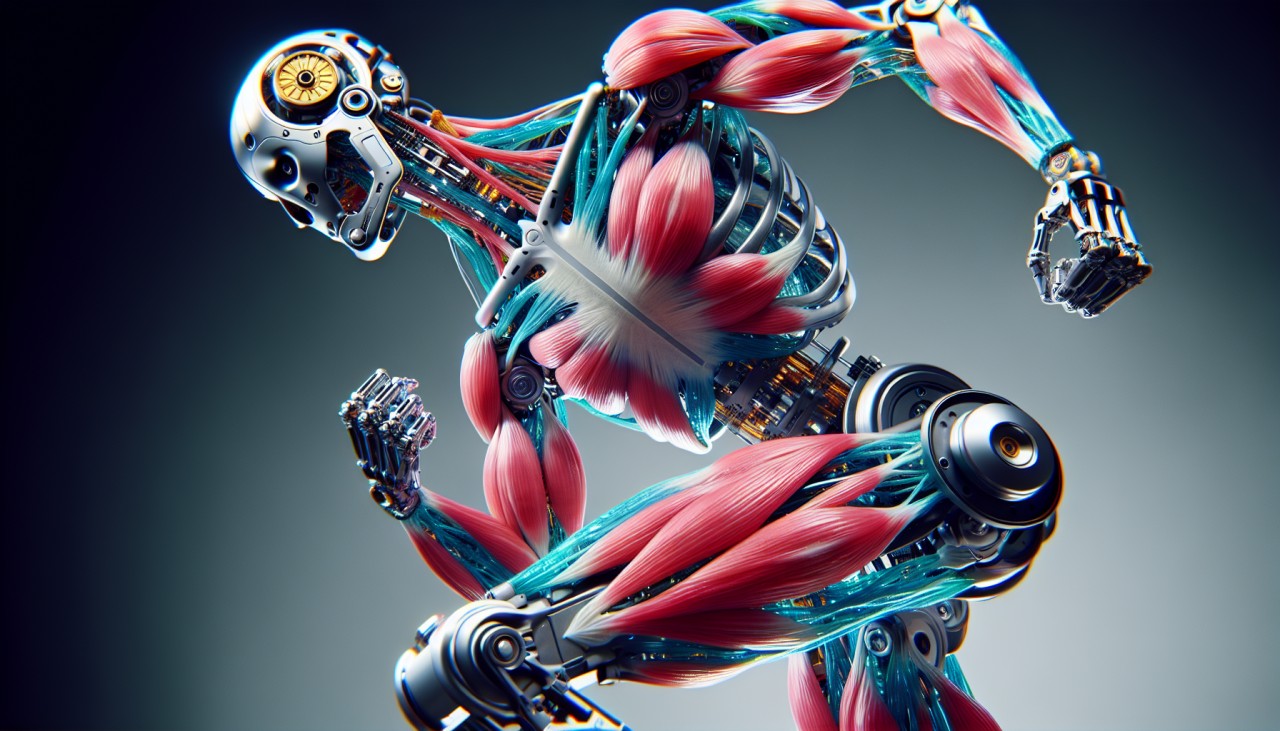


Biohybrid robots, which combine living tissues with synthetic structures, are making significant strides in robotics. A notable development is the creation of a biohybrid bipedal robot powered by cultured skeletal muscle tissue. This robot successfully demonstrated forward, stop, and fine-tuned turning motions, mimicking human gait more closely than previous models. The integration of living muscle tissue allows for more natural and adaptable movements, offering valuable insights into biological locomotion mechanisms. cell.com
Another innovative approach involves using fungal mycelia to control biohybrid robots. Researchers at Cornell University cultivated mycelia to harness their natural electrical signals, enabling robots to sense and respond to environmental stimuli. This method enhances the robot's autonomy and adaptability, as the mycelia can detect and react to various inputs, such as light or chemical changes. By integrating living systems like mycelia, biohybrid robots can achieve a higher level of environmental interaction and responsiveness. news.cornell.edu